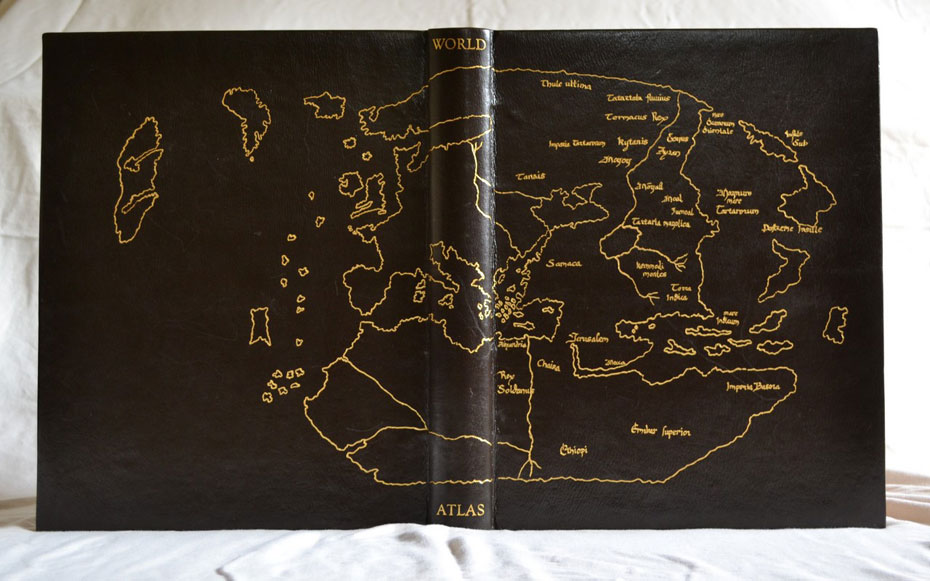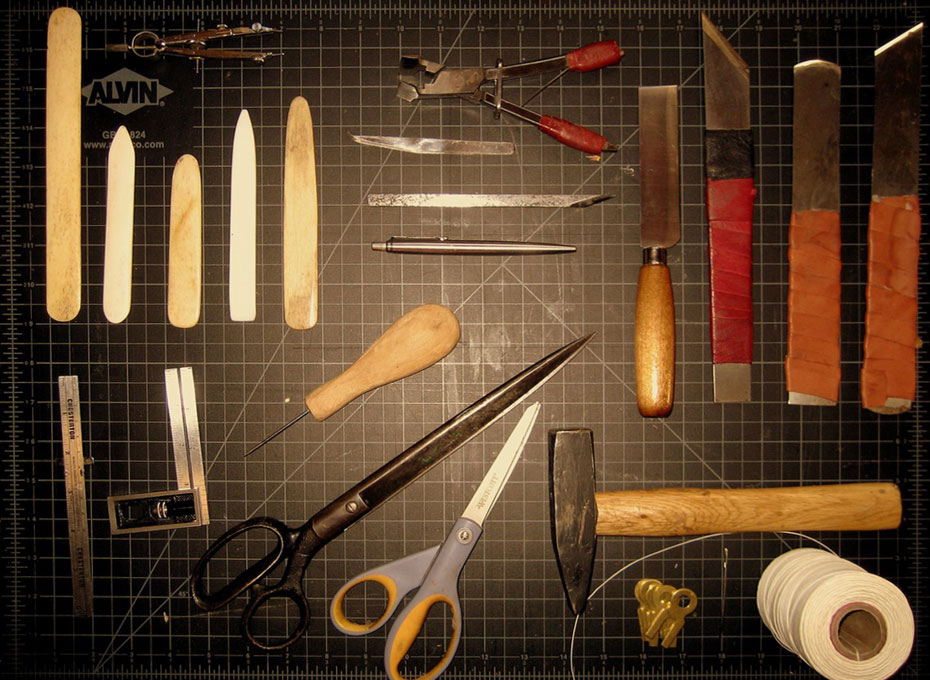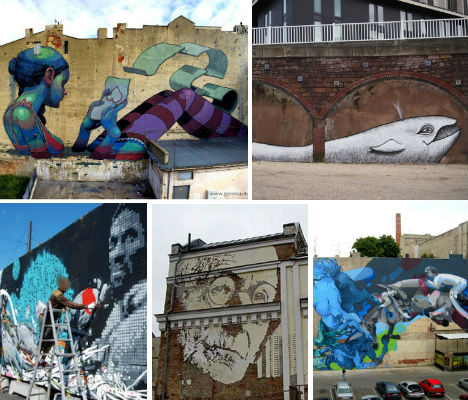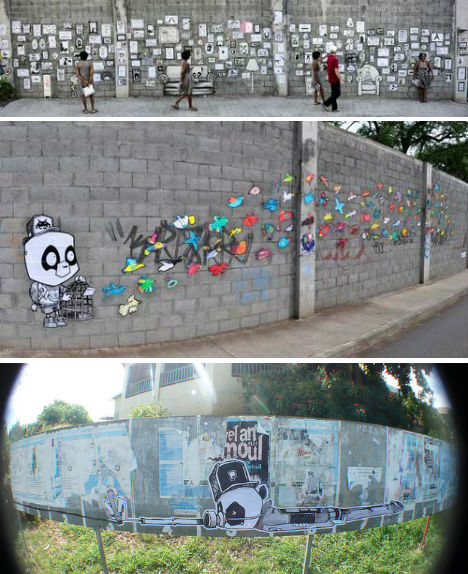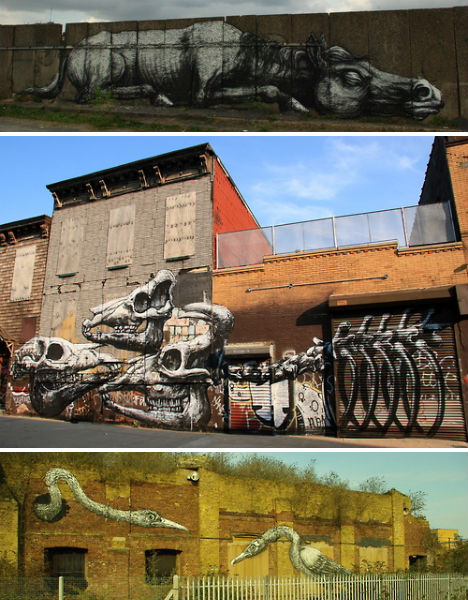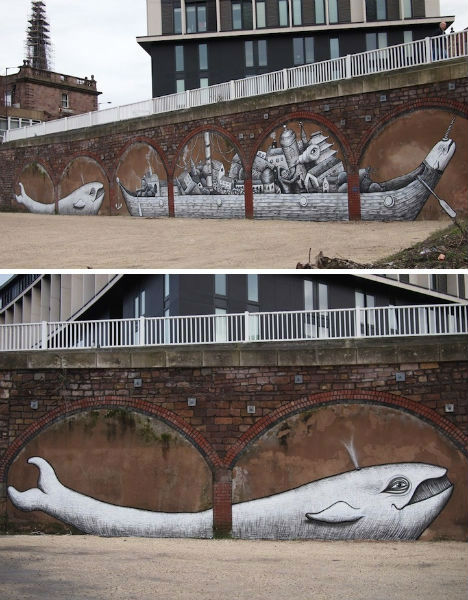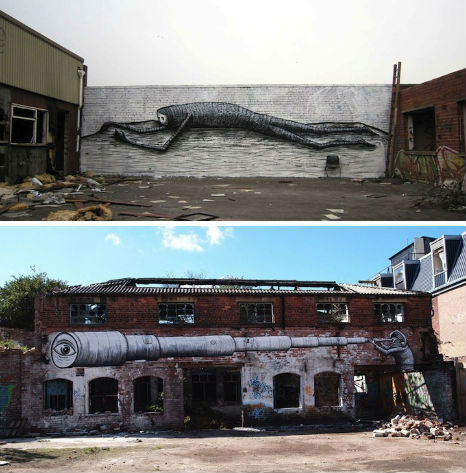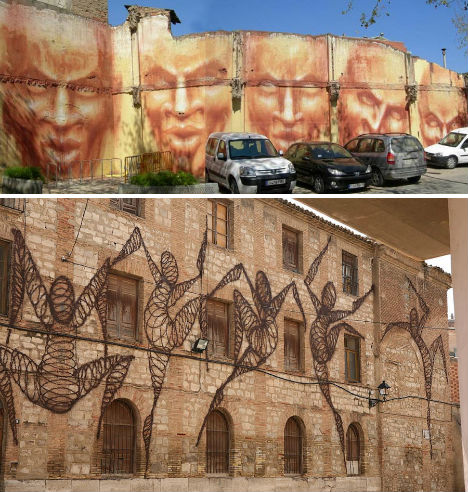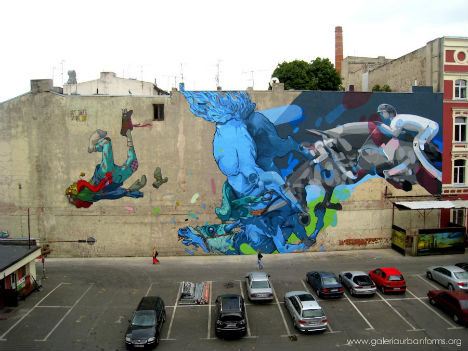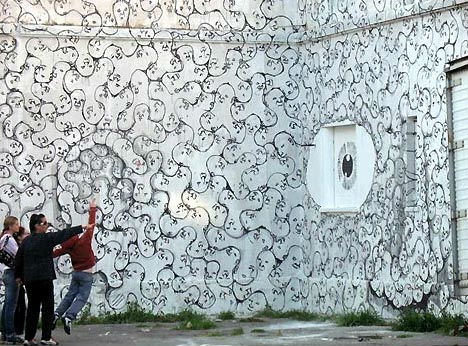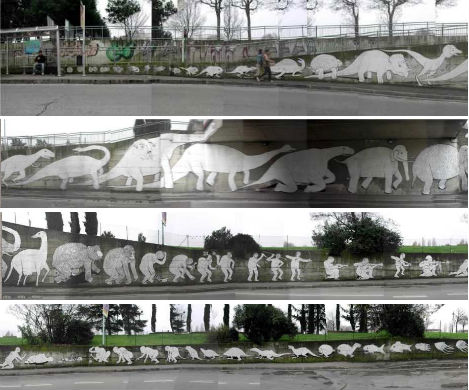Walker White of Washington (WWW) wrote the following letter to the editor of Washington Post:
'Faster than light' vs. climate change
Because it's short and the message is important, I will reproduce it here.
 The Sept. 24 front-page article "Faster than light: Revolution or error?" was remarkable. After more than 100 years, a potential flaw in Albert Einstein's unifying theory has emerged through experimentation. However, it is what did not happen that is more important. No "relativity deniers" were castigated by the press or political groups. No financial regulations were created to prevent people from traveling to the future to reap profits on events they knew would happen. No one resigned in protest.
The Sept. 24 front-page article "Faster than light: Revolution or error?" was remarkable. After more than 100 years, a potential flaw in Albert Einstein's unifying theory has emerged through experimentation. However, it is what did not happen that is more important. No "relativity deniers" were castigated by the press or political groups. No financial regulations were created to prevent people from traveling to the future to reap profits on events they knew would happen. No one resigned in protest.
 People on both sides of the climate-change argument should take note. This is what science looks like: a skeptical, methodical, precise and open process. All science is "settled," until it is not. Everything else is politics.
People on both sides of the climate-change argument should take note. This is what science looks like: a skeptical, methodical, precise and open process. All science is "settled," until it is not. Everything else is politics.
Very true.
Let me just reiterate the analogies as well as the huge contrast between the two situations. In both cases, we deal with a scientific claim that an "important effect exists". This claim is controversial but in both cases, you may find groups of scientists whose large majority backs one position and groups of scientists whose majority supports the opposite position.
In the case of climate change, the contrast is obvious. But the claim about faster-than-light neutrinos is bolder and much more striking than a vague claim about the expected rise of a bizarrely averaged absolute temperature (by less than 1% in a century) on a random planet somewhere in the Solar System. According to its own audacious plans, the OPERA collaboration wants to overthrow one of the three main pillars of physics which is the foundation of all natural sciences.
Relativity has really been taught at schools as a "settled science" for decades. OPERA claims nothing less than that Einstein – the most famous scientist in the history – was wrong in his most famous discovery, after all. Of course, most of Einstein's claims would have to be preserved in some way (because they have been tested in many other contexts) but fundamentally speaking, his rules and principles wouldn't exactly apply to the real world. In some sense, OPERA has raised a similar – arguably experimentally justified – claim to the claims of German "Aryan physicists" who criticized Einstein 75 years ago. No one feels the urge to emphasize this analogy.
The polarization in this debate is totally obvious. I estimate that 99% of theoretical high-energy physicists and phenomenologists would agree that with a probability higher than 90%, the OPERA claim is wrong. It is an artifact of an error. The percentage is larger than the optimistically claimed "percentages of climate scientists who agree with the IPCC's prophesy about a coming doom". And these 99% of theorists have lots of theoretical arguments as well as some arguments that are very empirical in character (observations of supernovae etc.).
On the other hand, we have (mainly) the OPERA experimenters. Something like one hundred of people have performed a very careful experiment (and millions of readers of the newspapers became enthusiastic fans of their bold claim). Because of the numerous hard-working people in the team and many checks and re-checks and cross-Czechs ;-), I am confident that a clear majority of the OPERA members feel more than 80% certain that their experiment is right and they have discovered new physics. They still know how to formulate their claims modestly and calmly, however.
If the paper doesn't have a "huge overlooked error", the statistical uncertainty of their self-confidence is pretty much irrelevant. For all practical purposes, their paper settles the question: Einstein is wrong. They claim to have found a speed of a genuine material object that exceeds the speed of light by "6 standard deviations"; scientists say it is a "6 sigma effect". The probability that such a big deviation (in the "faster-than-light" direction) occurs due to a random chance is approximately 1 part in half a billion.
This effect almost certainly didn't occur by chance. If it is wrong, it is not because the authors were unlucky; it is because they did something seriously wrong and they relied on someone else who did something seriously wrong.
So the controversy surrounding the superluminal OPERA experiment is defined much more sharply, goes to the very basics of physics as a physical science, and is equally divisive as the global warming arguments. However, what is happening is actually very different: no one screams at "deniers" on the other side (deniers of relativity or deniers of OPERA's experimental results). No one, not even your humble correspondent, proposes special labor camps where the wrong people would be stored. ;-)
Even though such a fundamental principle (of relativity) is at stake and despite a century in which the principle was treated as an indisputable scientific fact, no one is "really sure", I mean 99.9999% sure, that the experimenters are wrong (or right). A large team of good physicists has done a careful experiment, after all. Its apparent result is clear: neutrinos propagate faster than light in the vacuum.
Obviously, the true reason why people don't fight is that they're thinking about this issue as scientists. And in science, unexpected events may sometimes occur and have occurred. People really "don't care" personally whether relativity is right or wrong. If relativity is proved to be wrong (and it is a giant "if"), some basic beliefs I have taken for granted for 25 years will be shaken. But I will not be the only one and I can still be the first person who discovers the right theoretical description of the world that breaks relativity and allows for all those marvelous superluminal OPERA phenomena.
In the very same way, the OPERA members may shown to have done something wrong but it was such a complicated enterprise that no one would be shocked and people would forgive them. Moreover, each of the OPERA members has a significant likelihood to become the first person who discovers the error. Alternatively, the OPERA measurement may show that there is a significant error in the GPS system that may lead up to 18-meter errors in the measurement of the distances between CERN and Gran Sasso – and surely many other pairs of places on the Earth. This would make OPERA's work important as well – even though in a different context than the planned one.
Do you see my point? My real point is that despite the different backgrounds and different focus on what evidence is primary, which dramatically influences the expectations whether the big OPERA claim is going to be defensible, people simply remain impartial. They continue to be fair. The screaming about the "deniers" and "incontrovertible facts" in the climate change case boils down to the fact that something else than the scientific evidence and truth is driving people's behavior.
Walker White rightfully says that most of the climate scientists should look at the events that followed the audacious claims by OPERA and they should learn because this is what the real science is doing. Once the mistake in the experiment is found, the big claims will be forgotten and the hype we have seen will look ridiculous. But we're really not there yet. We face a sufficiently clear collision of two sets of arguments that has to be resolved.
Relativity's claims about the speed are vastly more accurate and solid than the claims by the anthropogenic climate change advocates – the speed of light is measured with the accuracy exceeding 10 significant figures and times and distances may often be measured at 16 significant figures (think about atomic clocks) while the error margin of the IPCC's figure for the climate sensitivity is approximately 100 percent which means that they "know" fewer than 1 significant figure. But even the much more accurate, solid, and theoretically justified claims of special relativity are "allowed to be questioned".
It's time to admit that the claims about a significant anthropogenic impact on the climate – which are much more vague, inaccurate, non-quantitative, and much less justified than the claims of Einstein's relativity – may be questioned, too. In fact, the observations and theoretical analyses have already shown that they're almost certainly wrong.
And that's the memo.
Freedom of speech gets shi*ted upon in Australia Those TRF readers who were trying to suggest that everything was fine with freedom and democracy in Australia (I am talking about you, Tom of Perth, and others) should notice the result of a lawsuit:
Bolt shocked by court finding against him
In 2009, Andrew Bolt wrote two articles (
It's so hip to be black and
White fellas in the black) about a group of pale-skinned Aborigines who chose to identify themselves as Aborigines in order to get some benefits. What did he write about them so terrifying? He wrote about them that they're pale-skinned Aborigines who chose to identify themselves as Aborigines in order to get some benefits. (Just to be sure that you don't lose your common sense: Aborigines should mean that they're black, not white.)
What a scary inconvenient truth! In mathematics, it is also known as a tautology.

So what did the pale-skinned Aborigines who chose to identify themselves as Aborigines in order to get some benefits do about the inconvenient truth? Some of them (especially those who have been opportunistic as*holes already as kids) have sued Andrew Bolt. After all, they had a chance to win such a lawsuit even though no "doubly" white person could ever win such a ludicrous case (this advantage is one of the reasons why they identified themselves as Aborigines). So what happened?
Today, indeed, they won the lawsuit because the judge agreed it was an inconvenient truth and inconvenient truths are prohibited in Australia, especially if they're inconvenient for jerks who "chose their race" for personal gain. This is a shock, but a tolerable step, for one courageous man, Andrew Bolt. But it is a huge step towards totalitarianism for the Southern Hemisphere. Of course, you may easily find
scum (
II) in the Australian media that applauds to this revival of Stalinism on the smallest continent.
Via
Jo Nova and
Soylent Green (I am terrified that even Jo Nova had to close the comment section on her blog and even avoid writing her own opinion about the event. Does the old capitalist world really have the moral credentials to criticize China or Russia for its suppression of freedom when things like that may take place in Australia?)
Sent from James' iPhone













